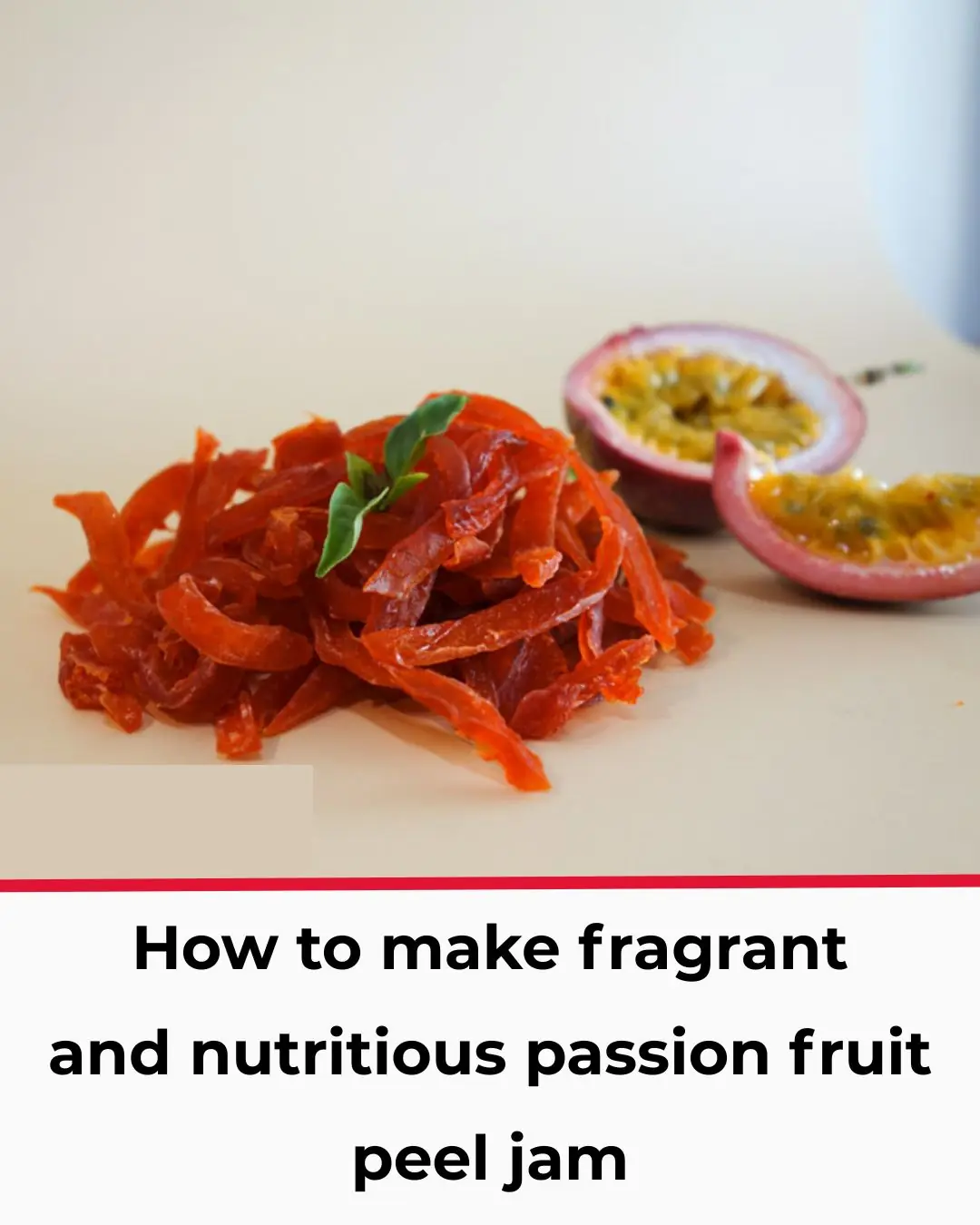
The old farmer reveals the differences between 2 types of cabbage and 3 things to note when buying to avoid confusion and choose delicious, safe types.

A Veteran Farmer Reveals: “There’s a Big Difference Between These Two Types of Chinese Cabbage!”
A seasoned farmer who has grown Chinese cabbage for decades once revealed a surprising truth: “There is a huge difference between the two main types of Chinese cabbage.” In fact, he also shared three key things you must know to avoid confusion when buying — and to make sure your family eats the most delicious and healthy version.
Every autumn and winter, Chinese cabbage becomes one of the most popular vegetables on the dining table. Some people love using it for soups and stir-fries, while others prefer pickling it to make kimchi or fermented mustard greens. However, you might have noticed that sometimes Chinese cabbage tastes wonderfully sweet and crisp, while other times it feels bland and watery.
Why does this happen?
If you have ever grown Chinese cabbage yourself — or if you’re a big fan of this versatile vegetable — you’ll notice that it actually comes in two main varieties: one with yellowish leaves and one with green leaves. Though they look similar, their differences are striking once you know what to look for.
After listening to the old farmer’s explanation, we realized that the seemingly simple Chinese cabbage hides a lot of fascinating details. Let’s take a closer look at what sets these two types apart, so the next time you go shopping, you’ll be able to choose the best — and safest — cabbage for your family.
Type 1: Yellow Chinese Cabbage

Yellow-leaf Chinese cabbage is usually planted in summer and autumn. This variety does not tolerate cold weather, needing temperatures above 10°C to grow well. It matures quickly, typically ready for harvest within about 50 days.
Because it grows fast and absorbs a lot of water, its leaves tend to curl tightly to prevent moisture loss. This results in a higher fiber content and a pleasantly crisp texture. Yellow Chinese cabbage is ideal for stir-frying, blanching, or making salads — dishes where its tenderness and slight sweetness can truly shine.
When fresh, its inner leaves are soft yellow and slightly glossy, giving off a mild aroma. However, it doesn’t store as long as its green cousin, so it’s best eaten soon after purchase.
Type 2: Green Chinese Cabbage
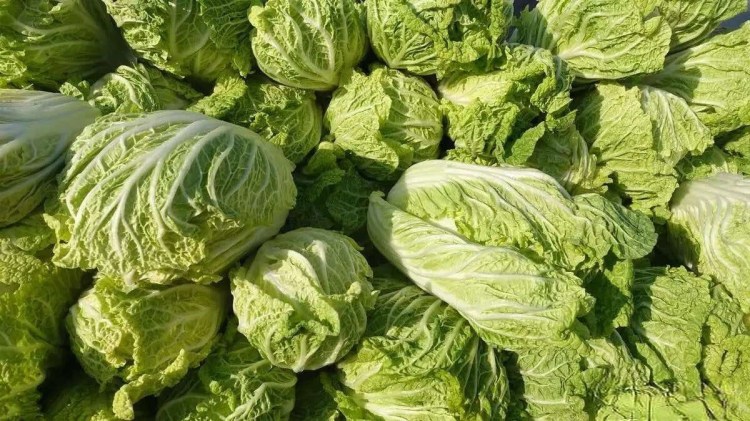
Green-leaf Chinese cabbage, on the other hand, is much hardier and cold-resistant. Even when winter temperatures drop below freezing, this variety continues to thrive. It has a longer growth cycle — usually between 100 and 120 days — which means the cabbages grow much larger, often weighing 2 to 3 kilograms or more each.
Compared to the yellow type, green Chinese cabbage contains less water but more fiber, giving it a firmer bite and stronger flavor. This makes it perfect for making kimchi, pickled vegetables, or dumpling fillings.
Another advantage is its excellent storage life: because it contains less moisture, it can be kept for up to a month during autumn and winter if stored properly without rotting. Many households prefer to stock up on this variety for long-term use.
How to Choose the Best and Freshest Chinese Cabbage: 3 Important Tips
To make sure you pick the freshest and safest cabbage, remember these three key rules shared by experienced growers.
1. Never buy cabbages with black spots
When browsing at the market, look carefully at the outer leaves. If you see black or dark brown spots, the cabbage may have been affected by disease or poor storage conditions. Such cabbages often taste bitter or have an unpleasant odor.
Instead, choose those with clean, pale outer leaves that look naturally moist to the touch — that’s a clear sign of freshness.
2. Check for unusual odors
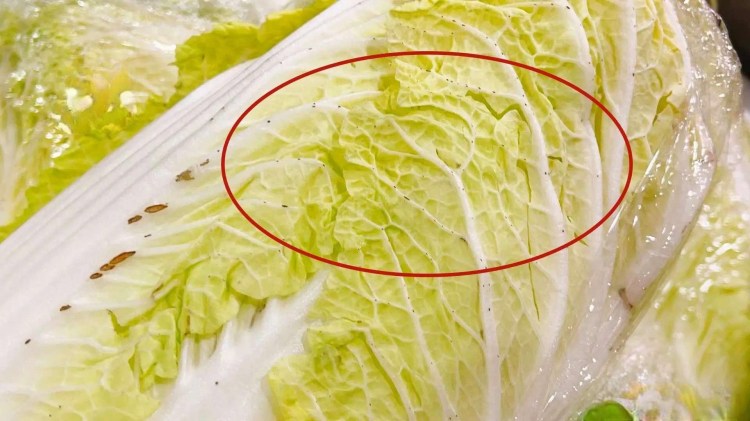
Chinese cabbage is quite resistant to spoilage, but some sellers use chemical preservatives such as formaldehyde to make vegetables appear fresher and prevent wilting. These chemicals can cling to the leaves and are extremely difficult to wash off completely — posing serious health risks.
Before buying, use your sense of smell. A fresh cabbage should have a mild, earthy scent. If you notice a sharp, chemical-like odor, do not buy it. Cabbages treated with formaldehyde often look unnaturally bright or glossy — a warning sign that they’ve been chemically treated.
3. Observe the stem thickness
Finally, take a look at the base of the cabbage — the thick white stem area. A thicker stem usually means the cabbage has a strong root system and absorbed plenty of water and nutrients during growth, resulting in better texture and flavor.
Avoid buying cabbages that are small, thin, or feel too light — they tend to be less nutritious and lack the natural sweetness and crunch that make this vegetable so enjoyable.
Final Thoughts
These tips from the old farmer can make all the difference between an average cabbage and a truly delicious one. When buying, remember these three rules:
Avoid black spots – Check for strange smells – Choose cabbages with thick, crisp stems.
By recognizing the differences between yellow and green Chinese cabbages, and applying these simple selection tips, you can confidently bring home the freshest, safest, and most flavorful cabbage for your family’s table — every season.
News in the same category


The refrigerator gasket is moldy, use this to clean it, it will be clean in just 5 minutes
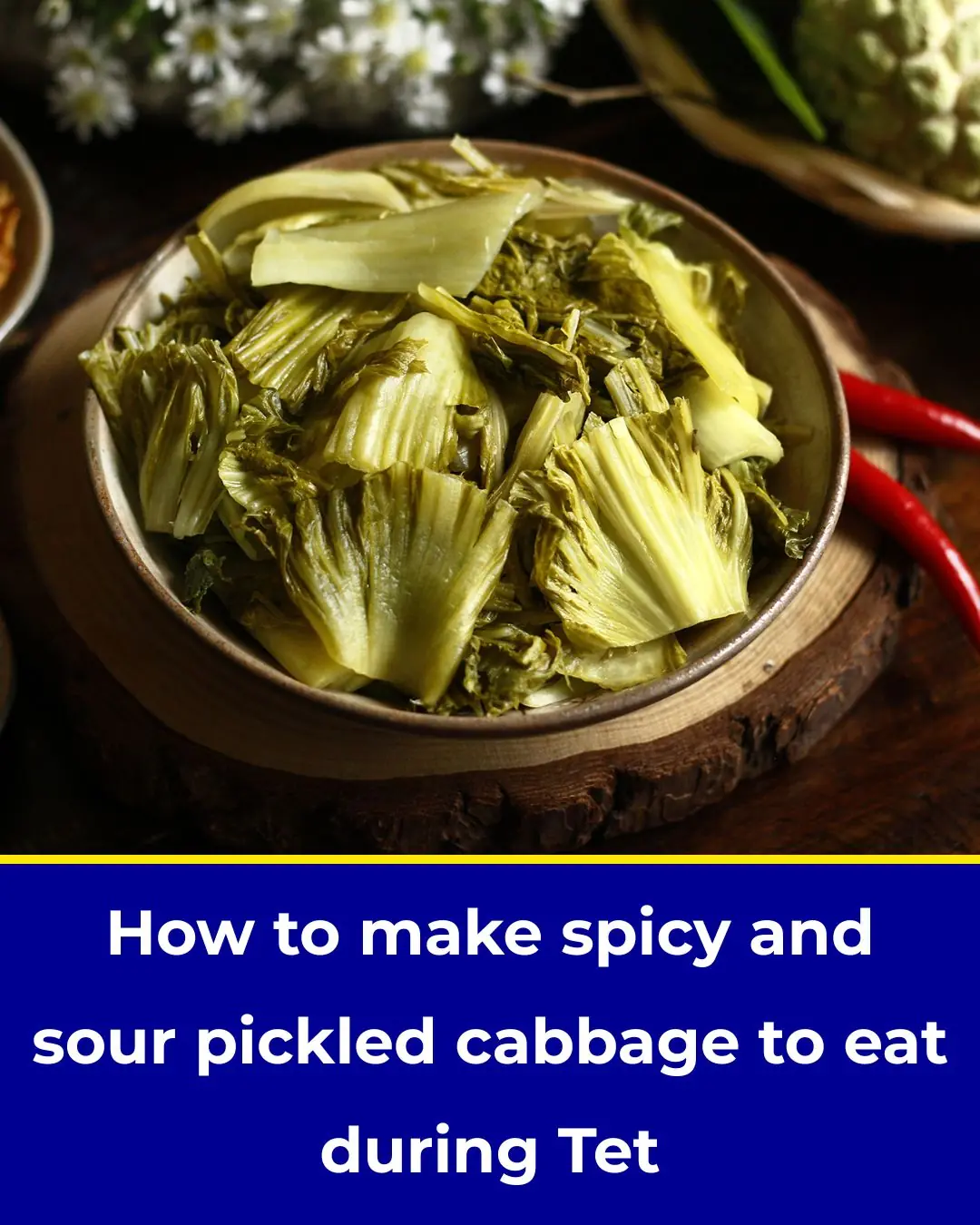
How to make spicy and sour pickled cabbage to eat during Tet

Winter drink lemon honey ginger water, body 5 special benefits
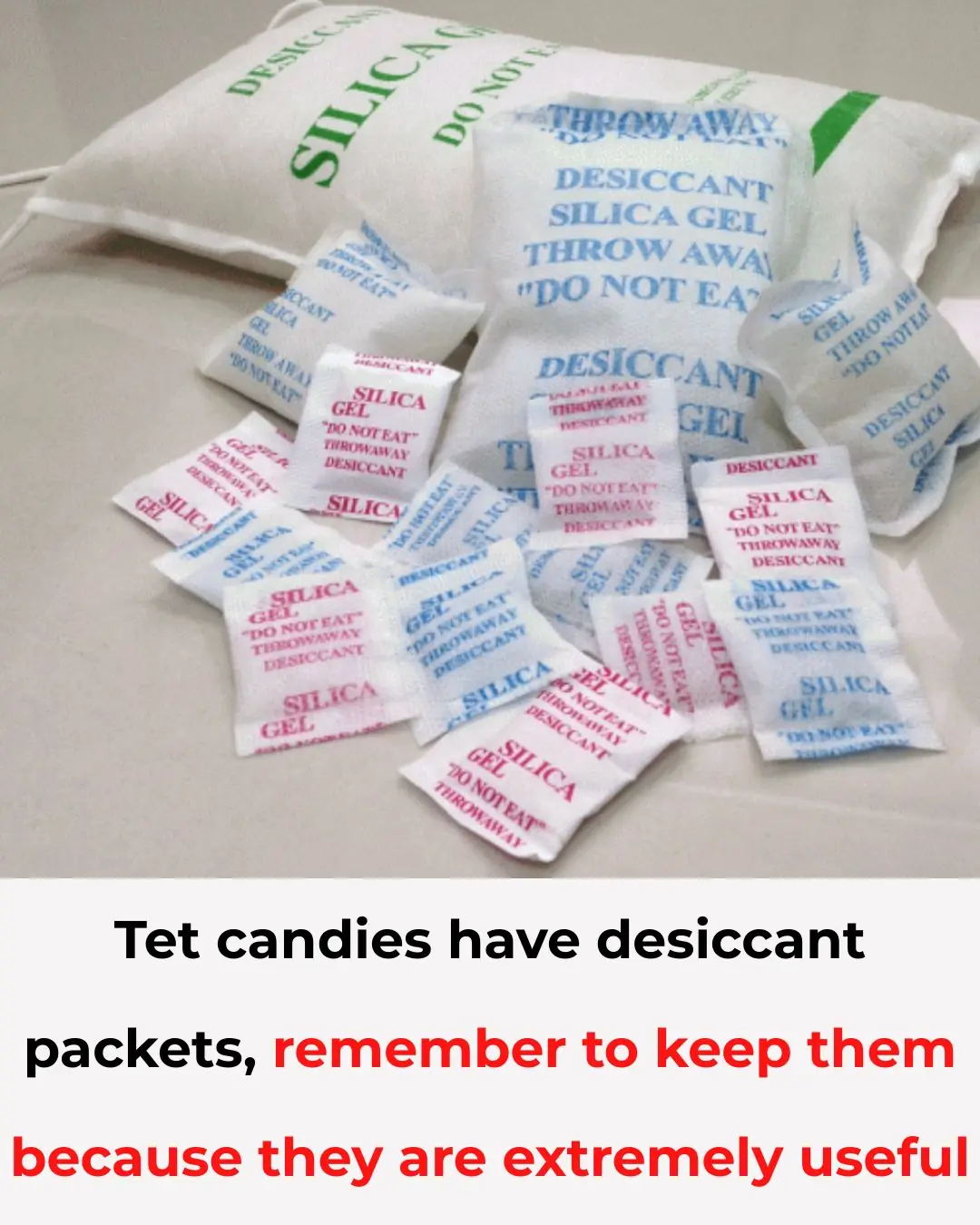
Tet candies have desiccant packets, remember to keep them because they are extremely useful.
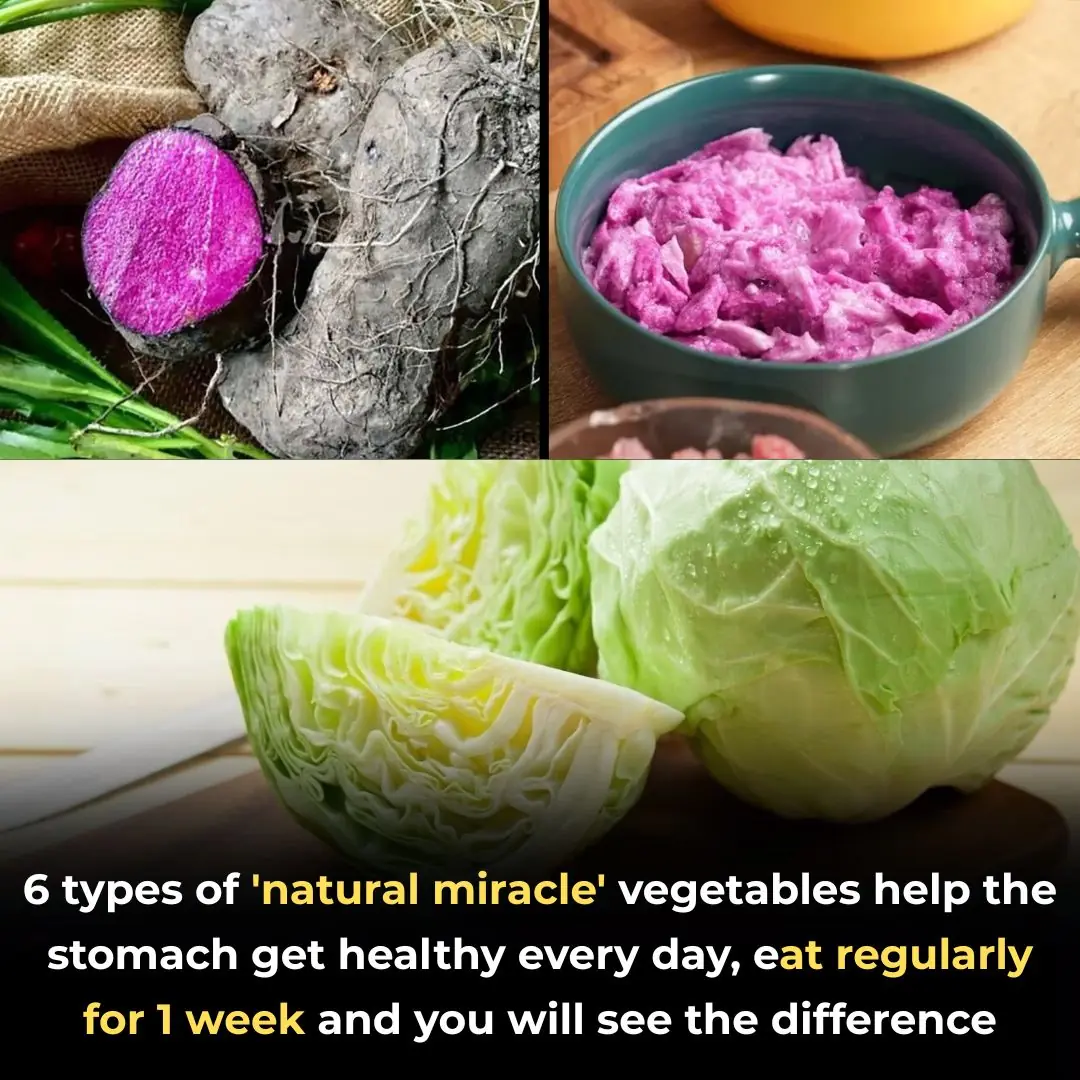
6 types of 'natural miracle' vegetables help the stomach get healthy every day, eat regularly for 1 week and you will see the difference
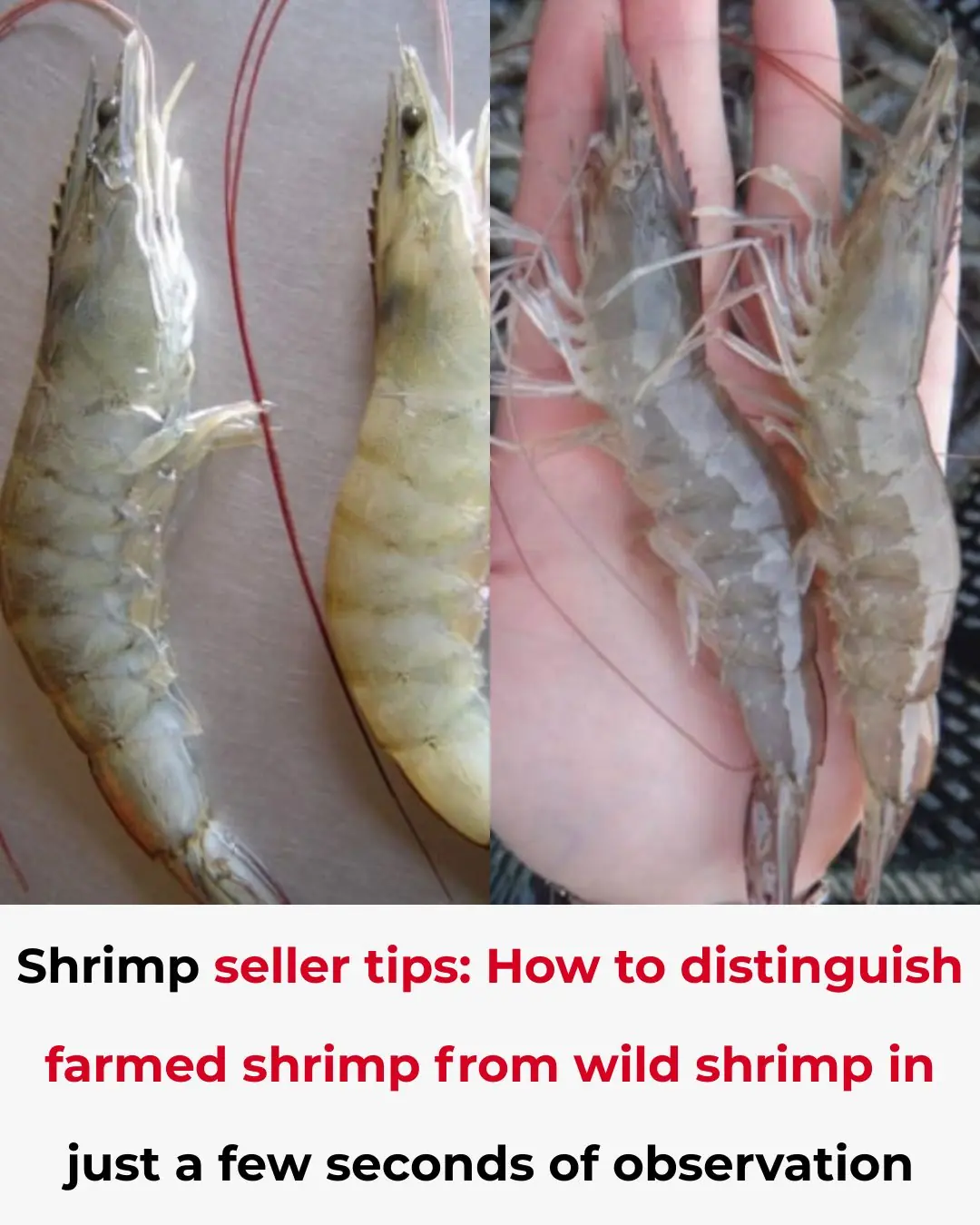
Shrimp seller tips: How to distinguish farmed shrimp from wild shrimp in just a few seconds of observation

Just do these 4 things every morning, your intestines will "clean" themselves, toxins and excess fat will disappear without medication

A type of tuber grown in the bedroom, absorbs all bacteria to help the whole family stay healthy.
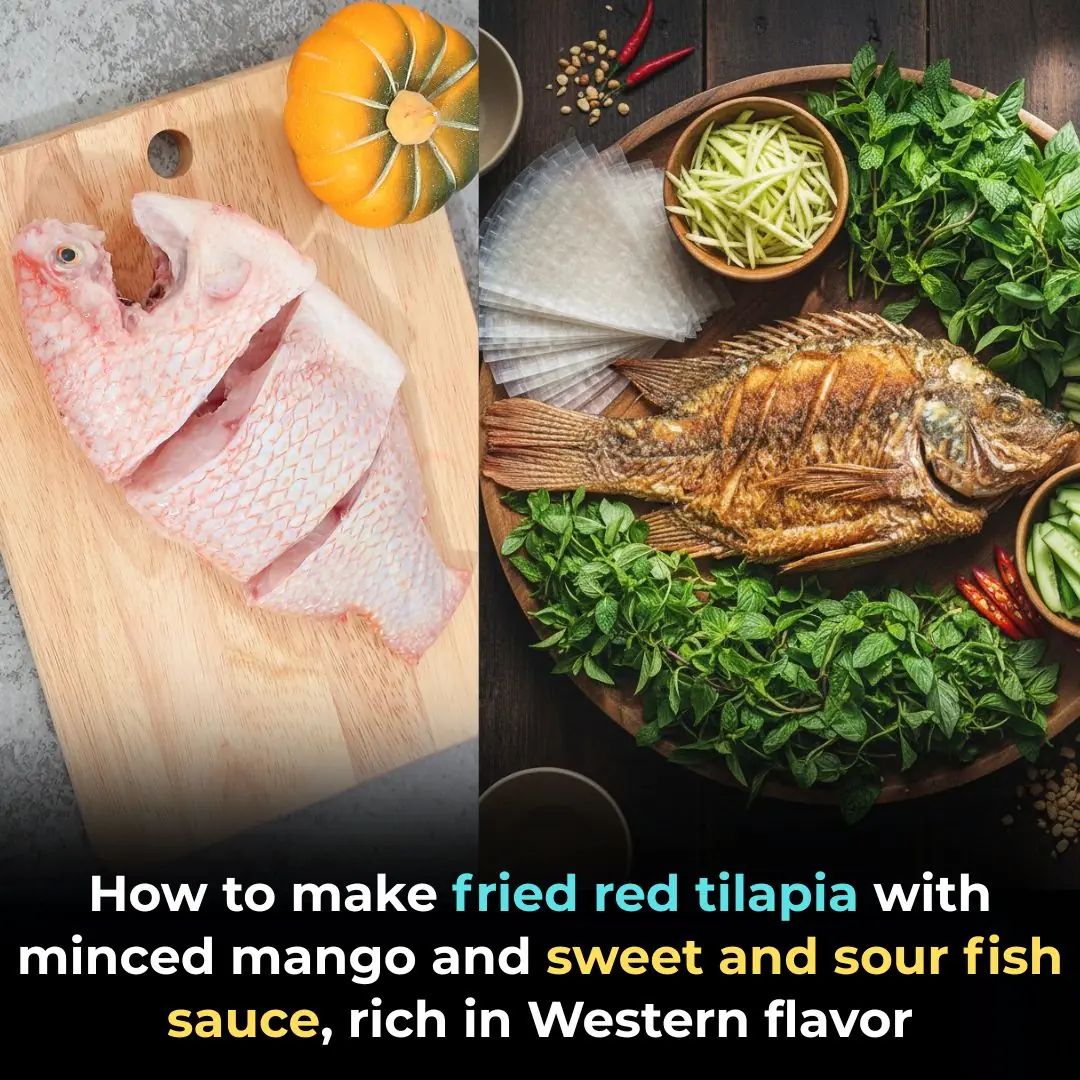
How to make fried red tilapia with minced mango and sweet and sour fish sauce, rich in Western flavor

Have a lot of mosquitoes in your house? Plant this flower and place it on your windowsill, all the mosquitoes will disappear.

Shower heads used for a long time accumulate dirt and have weak water flow: Soak in this water, dirt will automatically peel off and bacteria will be eliminated.

8 reasons why adding baking soda to your toilet tank is a must-do trick

You’re doing it all wrong. Here’s the right way to wash curtains

Most do this wrong. 10 things that make mold grow faster

Most do this wrong. 10 things that make mold grow faster

Why Many Knives Have a Round Hole: Surprising Uses You Might Not Know

Refrigerator Leaking Water and Cooling Slowly? Here’s How to Fix It Yourself in Minutes Without Calling a Technician

Why You Shouldn’t Keep Doors Fully Closed When Using Air Conditioning
News Post
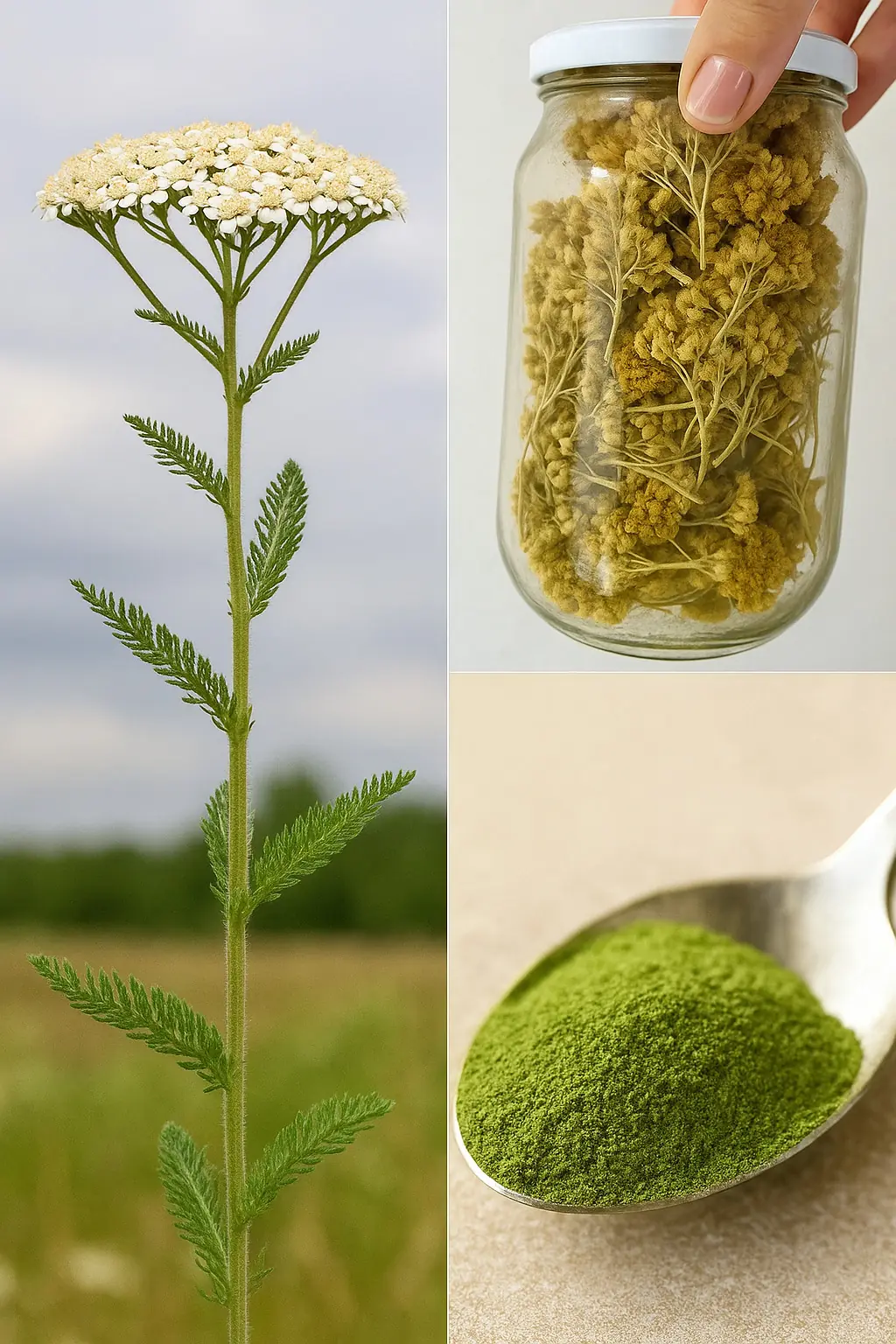
Yarrow: A Timeless Herbal Ally with Amazing Health Benefits

The Heartbeat of Compassion: The Unlikely Hero Who Saved a Hippo's Life

Zoo in Thailand Shut Down After Bears in Giant Hamster Balls Turn on Guests

A Pitcher’s Second Chance: How a High School Classmate Stepped Up to Save Steven Register’s Life

Rooting for Will: A Tuesday of Joy Before a Wednesday of Courage

Two Hearts That Needed Each Other.

The Mother Who Delivered More Than Food.

The Boy Who Paid for a Stranger’s Meal When No One Was Watching.

How To Use a Frozen Lemon To Fight Malignant Tumors in The Body

Can I Eat Without Hiding Now?

He Thought It Was Just Another Shift — Until a Life Was Placed in His Hands.

How to make fragrant and nutritious passion fruit peel jam

The refrigerator gasket is moldy, use this to clean it, it will be clean in just 5 minutes

How to make spicy and sour pickled cabbage to eat during Tet

Winter drink lemon honey ginger water, body 5 special benefits

The Little Bear Who Just Needed a Way Home.

Tet candies have desiccant packets, remember to keep them because they are extremely useful.

6 types of 'natural miracle' vegetables help the stomach get healthy every day, eat regularly for 1 week and you will see the difference
